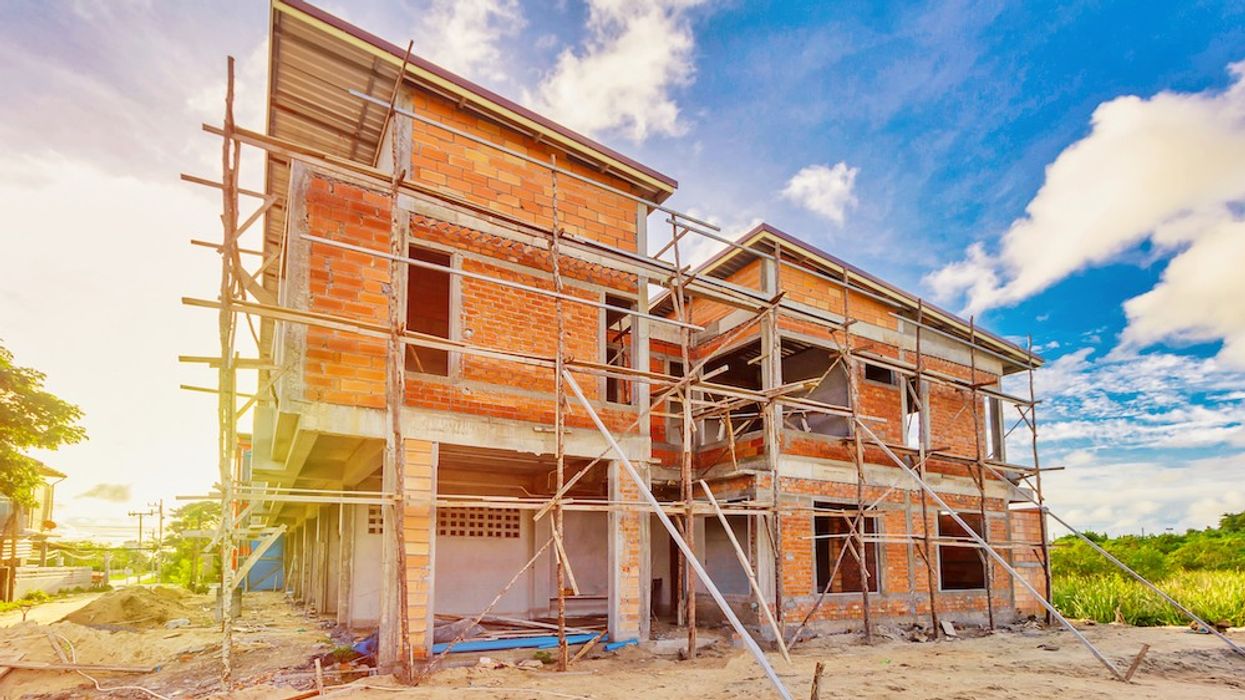It’s quiet conditions all around for real estate in the GTA, and the same is holding true for the region’s new home market.
This is according to an August update from the Building Industry and Land Development Association (BILD), which revealed that new home sales and inventory levels were both well below the 10-year average.
More specifically, the number of new condominium apartments sold in the GTA -- including units in low, medium, and high-rise buildings, stacked townhouses, and loft units -- dropped to 533 units. That figure was 61% below the 10-year average and 83% below sales recorded in August 2021.
Additionally, of the 533 units sold in August, 89 units were single-family homes, including townhouses, and detached, linked, and semi-detached houses. That figure was also down 87% compared to the 10-year average and 86% compared to the same time year.
“New home sales for August slowed in both the condominium apartment and single-family sectors as buyers and builders are in a wait-and-see mode amid the swirling economic uncertainty,” says Edward Jegg, Research Manager at Altus Group -- BILD’s official source for new home market intelligence. “However, buyers have been able to find product to purchase as builders continue to replenish the inventory pipeline.”
In a similar fashion, things were also slow in terms of inventory.
In August, the GTA added a total of 10,412 units in August. Of those, 8,787 were condominium apartment units -- representing 3.5 months of inventory -- and 1,625 were single-family lots -- representing 2.7 months of inventory.
“A balanced market would have nine-12 months of inventory,” notes BILD.
Meanwhile, the benchmark prices for new condominium apartments and new single-family homes both saw increases in August. New condominium apartments rose to $1,189,682 and single-family homes increased to $1,861,587, representing an increase of 11.2% and 22.3% respectively compared to the last 12 months.
“New home buyers and builders have taken a step back in the face of rising interest rates and inflation,” says Dave Wilkes, BILD President, and CEO. “A useful parallel is the year 2017, when the introduction of the mortgage stress test resulted in artificially elevated interest rates. As sales of new homes slowed, so did construction, ultimately exacerbating our region’s housing challenge. The lesson is clear: now is not the time to take our foot off the gas as we strive to address the factors that contribute to our region’s housing supply and affordability challenges.”





















